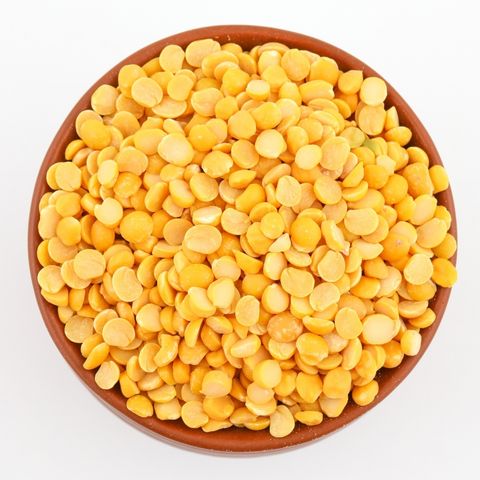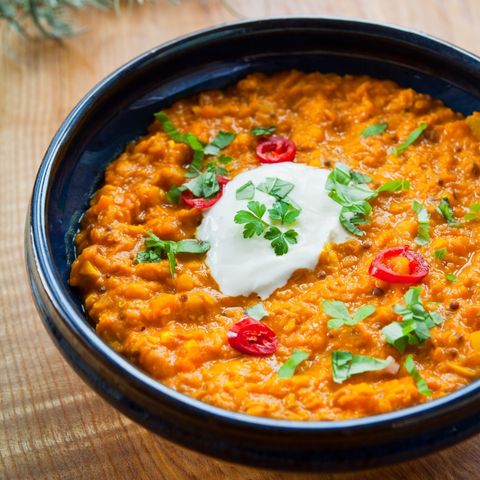Unpolished dal is a type of traditional Indian pulse or legume. It is a grain-like crop that grows and is harvested to make it into edible form. Unpolished dal has more nutritional value than polished dal; it contains higher amounts of fiber, minerals, and essential amino acids. In addition, unpolished dal retains much of its natural flavor, making it an ideal accompaniment to many Indian dishes. Unpolished dal can be cooked whole in soups, and curries, fried with vegetables or spices for added flavor, or even used as flour for chapatti.
Unpolished dal has not been polished or processed in any way. It is typically cooked like soup or curry and can be served with rice or bread. Unpolished dal is high in protein, fiber, and other essential nutrients, making it an excellent source of nutrition for vegetarians. Despite the long cooking time associated with traditional methods, there are more modern ways to prepare unpolished dal quickly and conveniently. Therefore, this dish is becoming increasingly popular among those looking to eat healthy while saving money.
Unpolished dal comes in various shapes and sizes, from the small channa to the long-grained masoor. Unpolished dal is lower in carbohydrates, protein, fiber, and minerals than its polished counterpart but higher in vitamins like magnesium and iron. Dal also contains an array of vital phytonutrients, such as polyphenols and flavonoids, with anti-oxidant and anti-inflammatory properties. Due to its nutrient content, unpolished dal is often used as the main ingredient in many dishes throughout India and other parts of South Asia.
Be Blessed!
Nalini Murthy
Next Steps
Organic Dals & Pulses
Organic Vegetables


